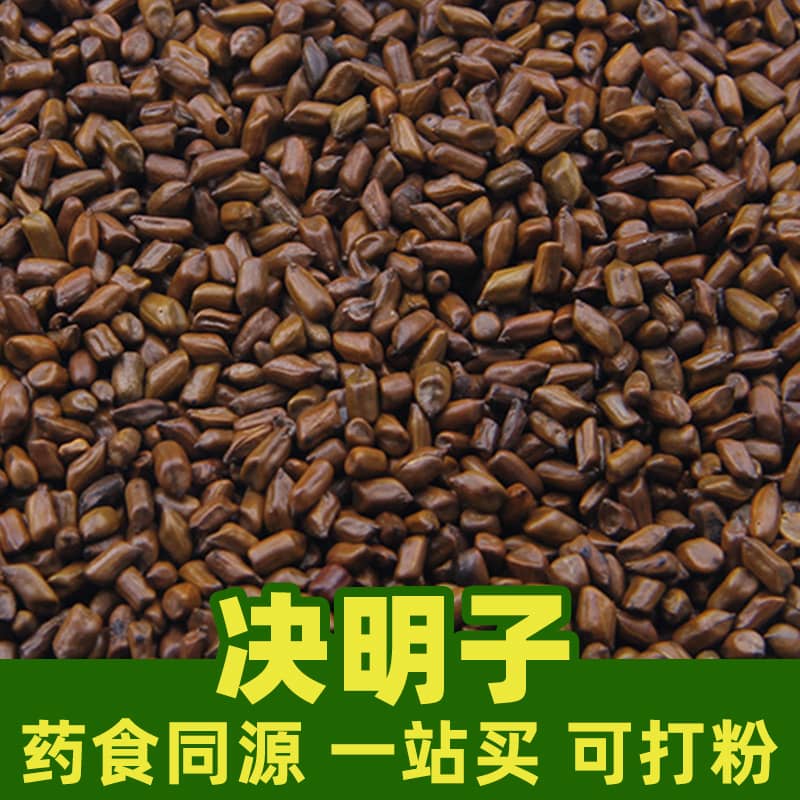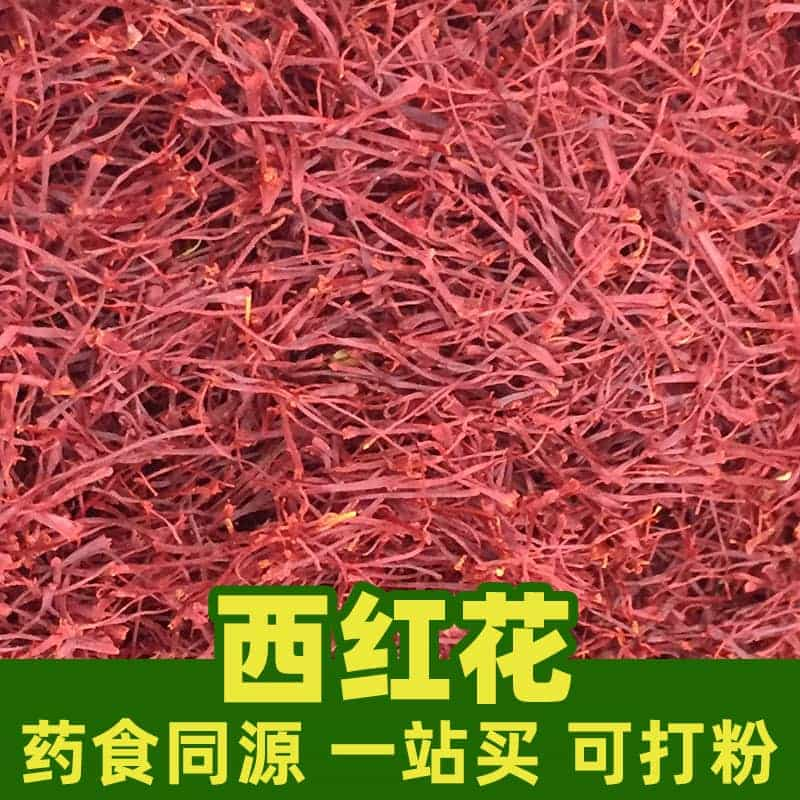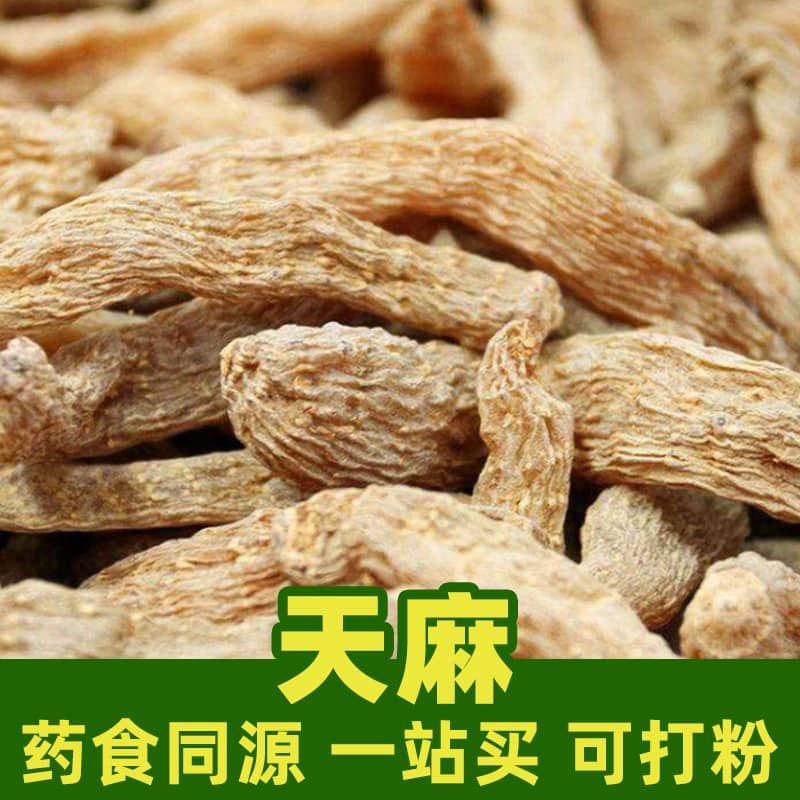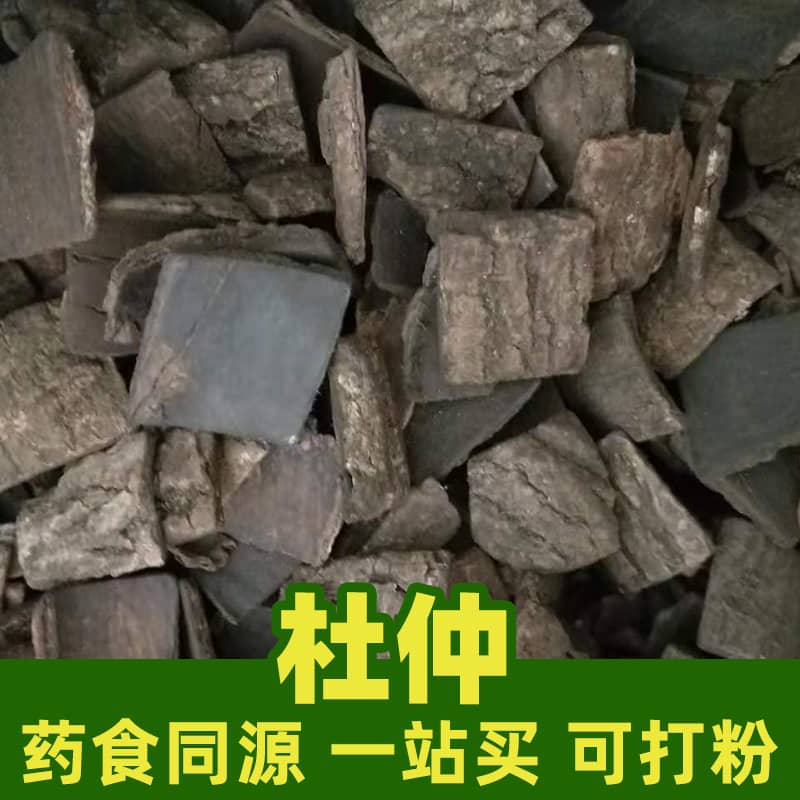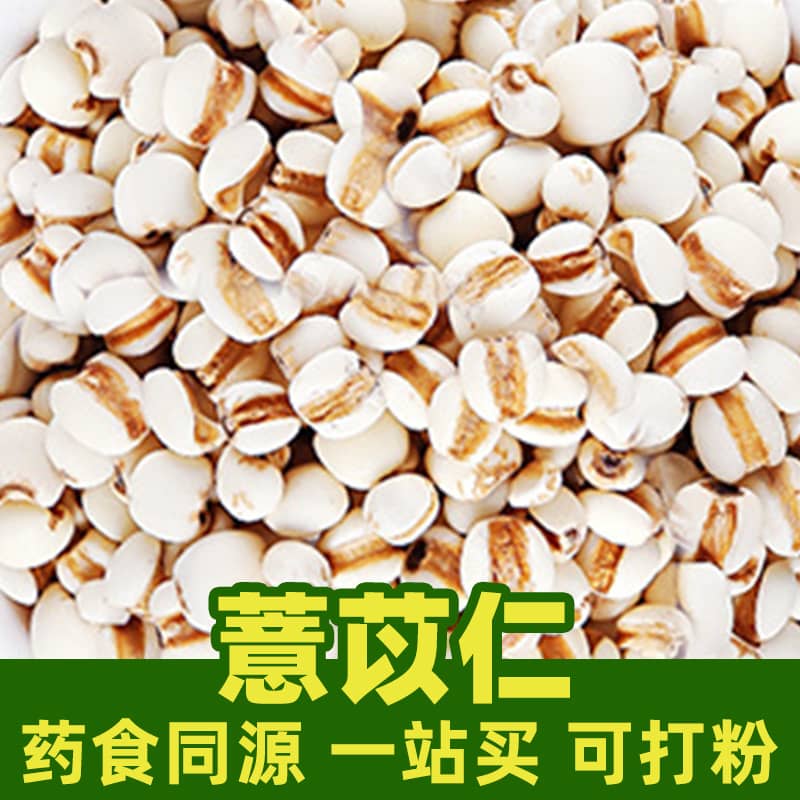Product Introduction
Olives are the fruit of the olive tree, typically oval or elliptical in shape. Their skin is smooth and can be green, purple, or black. The ripe fruit has a firm flesh surrounding a hard pit.
Olive trees are native to the Mediterranean region and are known for their ability to thrive in dry, rocky soil.
Main Active Ingredients
Olives are packed with nutrients, including healthy fats like monounsaturated fatty acids, which are beneficial for heart health. They also contain vitamins, antioxidants, and fiber.
Product Applications and Usage
Olives are a staple in many cuisines, especially Mediterranean. They are used to produce olive oil, a versatile cooking oil and salad dressing. Pickled olives are a popular appetizer or snack. Olives can also be used to make spreads, tapenades, and other food products.
In traditional medicine, olives are believed to have various health benefits, such as aiding digestion and providing antioxidants.
Product Source Plant Introduction, Distribution, and Growth Environment
Olive trees are evergreen trees that are well-suited to the Mediterranean climate. They thrive in warm, dry conditions and can tolerate poor soil.
Harvesting, Processing, and Storage
Olives are typically harvested in the fall. The harvesting process and subsequent processing can vary depending on the intended use of the olives. For example, olives for oil production are often harvested earlier, while those for table olives are harvested later when they are fully ripe.
To make olives palatable, they often undergo a curing process that involves soaking in brine or lye to remove bitterness. After curing, olives can be canned, bottled, or packaged in other ways for storage.
Monica Sun is a seasoned expert in the natural raw materials industry, with over a decade of experience specializing in traditional Chinese medicinal herbs, spices, and fungi. She is skilled in the sourcing, processing, and application of these materials, emphasizing sustainability and innovation. Monica Sun has contributed to the development of high-quality natural raw materials that serve as essential components in functional foods, pharmaceuticals, and cosmetics, delivering tailored solutions to meet diverse market needs.









